Bosniak witness testifies at Šešelj trial
The war crimes trial of Vojislav Šešelj continued at the Hague Tribunal yesterday with testimony from a protected witness.
Thursday, 05.06.2008.
13:28

The war crimes trial of Vojislav Seselj continued at the Hague Tribunal yesterday with testimony from a protected witness. Witness VS-1055 described how in 1992, he, along with other Muslims from the Ilijas area, spent several months imprisoned by Bosnian Serbs, who had forced them to dig trenches along the Sarajevo front, during the course of which many of the prisoners perished. Bosniak witness testifies at Seselj trial The Serb Radical Party (SRS) leader is accused of war crimes against Croats and Muslims in Croatia, Vojvodina, and Bosnia-Herzegovina from 1991 until 1993. The witness from Ljesevo village, close to Ilijas, said that Serb forces had attacked the village ’’with every weapon they had“on June 4, 1992. He and his neighbor had been led out of the basement of a house by members of a unit led by Vasilije Vidovic, aka Vaske. Members of Vidovic’s paramilitary unit had been wearing “symbols of the Chetnic organization, including skulls and cockades,” he recalled, adding that he had seen them before, in early April 1992, when they came to Ilijas “from the Knin front.” Witness VS-1055 testified that, after the Muslims had been led out of the basement, Vidovic or one of his men killed one of the wounded locals. The defendant confirmed earlier on in the trial that he had given Vidovic the title of “Chetnik Duke” due to his “exceptional exploits on the battlefield.” However, he claimed that all volunteers sent by the SRS from Serbia pulled out of Bosnia-Herzegovina in May 1992, and that Vidovic had stayed in Ilijas because he was born there. Vidovic’s men, according to the witness, transferred the captured Muslims to the primary school building in the village of Podlugovi, where they were held captive in inhumane conditions, although, he noted, they had been treated properly by their guards, a group of older local Serbs. Due to the lack of food, they had been forced to eat uncooked fodder that the guards would throw into the room. On one occasion, according to VS-1005, a person going by the name of Micko and carrying “Chetnik insignia”, took one young man out of the school, whose body was found after the war in a nearby mass grave. Micko asked the prisoners “to stand up whenever an officer of Seselj’s Guard entered the room,” VS-1005 recalled. In mid-August 1992, the witness was transferred along with 120 other prisoners to the “Mountain House” in Vogosca to be used as forced labor on a daily basis, “digging trenches” on the Sarajevo front, and “chopping wood, and burying the dead.” "We were used even as a human shield during an attack on Zuc hill… Many were killed either that way or while digging trenches,” he recalled, adding that he had not been part of the human shield, though he reeled off the names of ten or so men who had been killed and whom he had buried. When Judge Jean-Claude Antonetti (presiding) asked him who the owner of the house had been, the witness replied that the “house was most certainly in the possession of the Republic of Srpska,” though he did not know who had run the detention center in Podlugovi. When asked whether he had seen Vasilije Vidovic and his men ever again, the witness replied that he had seen them once more on Vogosce hill, as they were returning from the Sarajevo front, and that Vidojevic had exclaimed: “You’re still here!” "I understood it like he was surprised that we were still alive”, the witness said. He said that towards the end of October 1992, he had returned to his village to find all Muslim holy buildings “razed to the ground”. Villagers told him that “Vaske and other Serbs” had been responsible. VS-1055 told the court that after the war, he had seen Vidovic at demonstrations in Belgrade, protecting Seselj with a gun in his hand. At the beginning of his cross-examination of the witness, Seselj claimed that the witness had given false testimony, and that the Muslim authorities in Bosnia-Herzegovina had prepared his statement.
Bosniak witness testifies at Šešelj trial
The Serb Radical Party (SRS) leader is accused of war crimes against Croats and Muslims in Croatia, Vojvodina, and Bosnia-Herzegovina from 1991 until 1993.The witness from Lješevo village, close to Ilijaš, said that Serb forces had attacked the village ’’with every weapon they had“on June 4, 1992. He and his neighbor had been led out of the basement of a house by members of a unit led by Vasilije Vidović, aka Vaske.
Members of Vidović’s paramilitary unit had been wearing “symbols of the Chetnic organization, including skulls and cockades,” he recalled, adding that he had seen them before, in early April 1992, when they came to Ilijaš “from the Knin front.”
Witness VS-1055 testified that, after the Muslims had been led out of the basement, Vidović or one of his men killed one of the wounded locals.
The defendant confirmed earlier on in the trial that he had given Vidović the title of “Chetnik Duke” due to his “exceptional exploits on the battlefield.” However, he claimed that all volunteers sent by the SRS from Serbia pulled out of Bosnia-Herzegovina in May 1992, and that Vidović had stayed in Ilijaš because he was born there.
Vidović’s men, according to the witness, transferred the captured Muslims to the primary school building in the village of Podlugovi, where they were held captive in inhumane conditions, although, he noted, they had been treated properly by their guards, a group of older local Serbs.
Due to the lack of food, they had been forced to eat uncooked fodder that the guards would throw into the room.
On one occasion, according to VS-1005, a person going by the name of Mićko and carrying “Chetnik insignia”, took one young man out of the school, whose body was found after the war in a nearby mass grave. Mićko asked the prisoners “to stand up whenever an officer of Šešelj’s Guard entered the room,” VS-1005 recalled.
In mid-August 1992, the witness was transferred along with 120 other prisoners to the “Mountain House” in Vogošća to be used as forced labor on a daily basis, “digging trenches” on the Sarajevo front, and “chopping wood, and burying the dead.”
"We were used even as a human shield during an attack on Žuč hill… Many were killed either that way or while digging trenches,” he recalled, adding that he had not been part of the human shield, though he reeled off the names of ten or so men who had been killed and whom he had buried.
When Judge Jean-Claude Antonetti (presiding) asked him who the owner of the house had been, the witness replied that the “house was most certainly in the possession of the Republic of Srpska,” though he did not know who had run the detention center in Podlugovi.
When asked whether he had seen Vasilije Vidović and his men ever again, the witness replied that he had seen them once more on Vogošće hill, as they were returning from the Sarajevo front, and that Vidojević had exclaimed: “You’re still here!”
"I understood it like he was surprised that we were still alive”, the witness said.
He said that towards the end of October 1992, he had returned to his village to find all Muslim holy buildings “razed to the ground”. Villagers told him that “Vaske and other Serbs” had been responsible.
VS-1055 told the court that after the war, he had seen Vidović at demonstrations in Belgrade, protecting Šešelj with a gun in his hand.
At the beginning of his cross-examination of the witness, Šešelj claimed that the witness had given false testimony, and that the Muslim authorities in Bosnia-Herzegovina had prepared his statement.


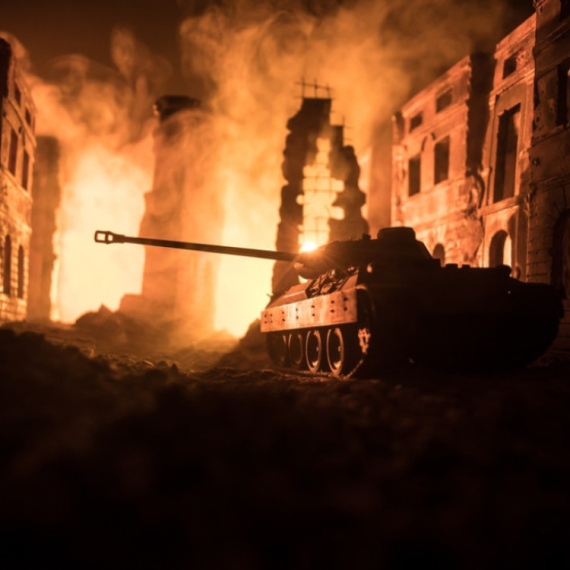
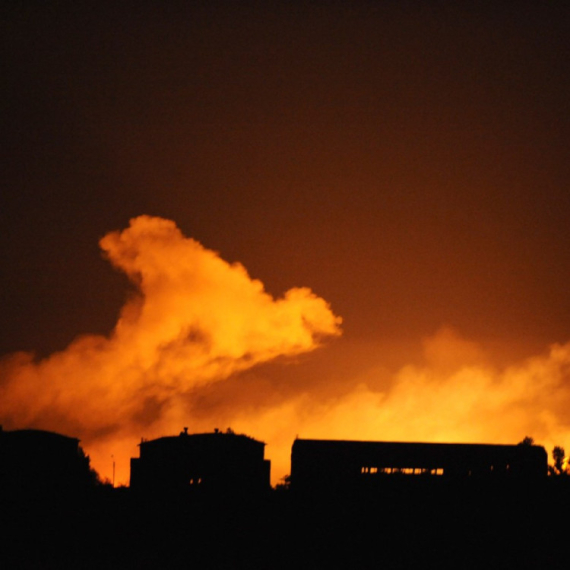
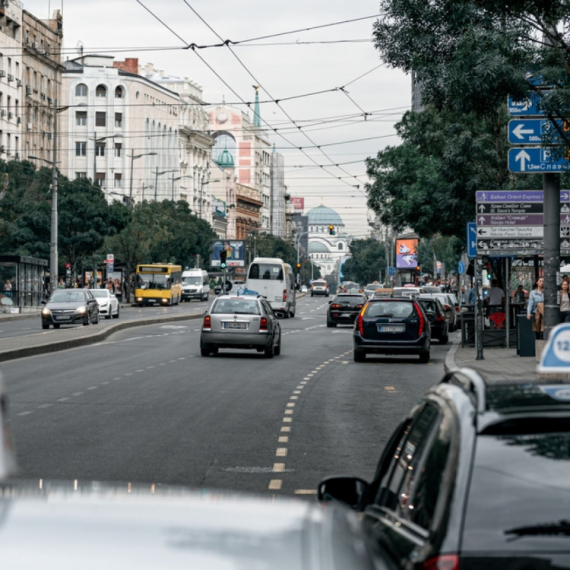

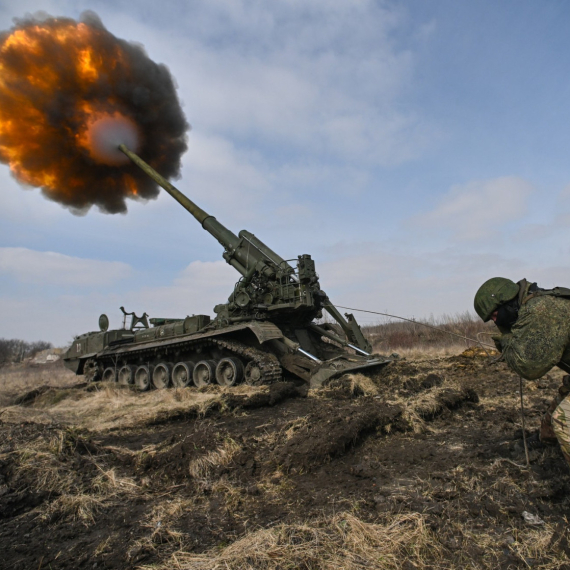



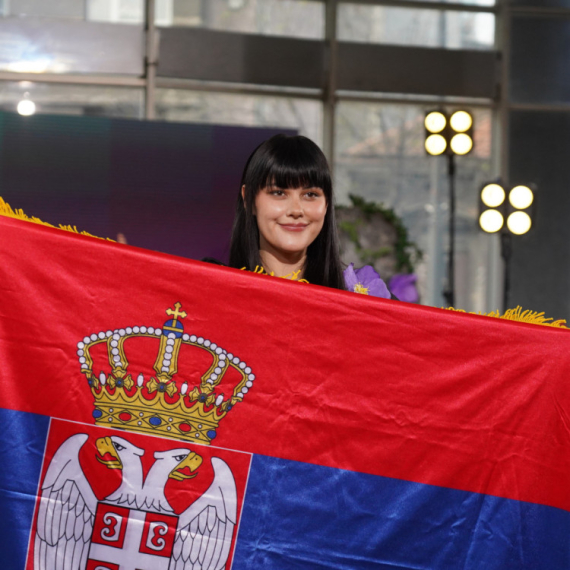
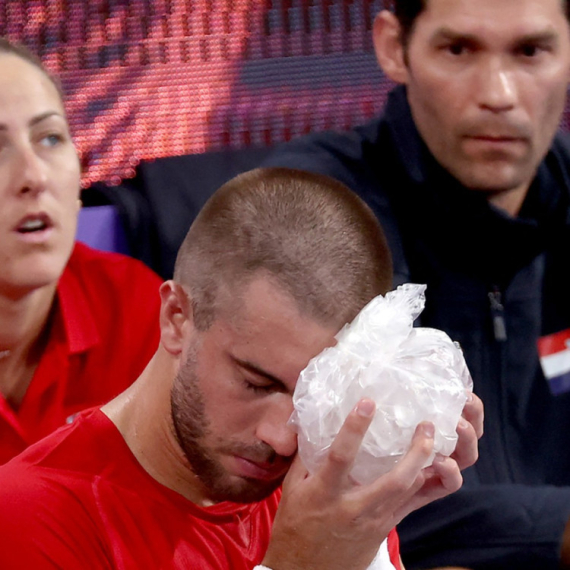
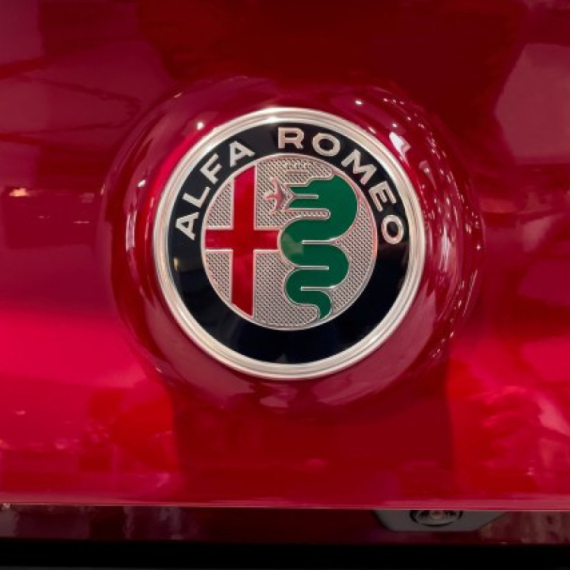


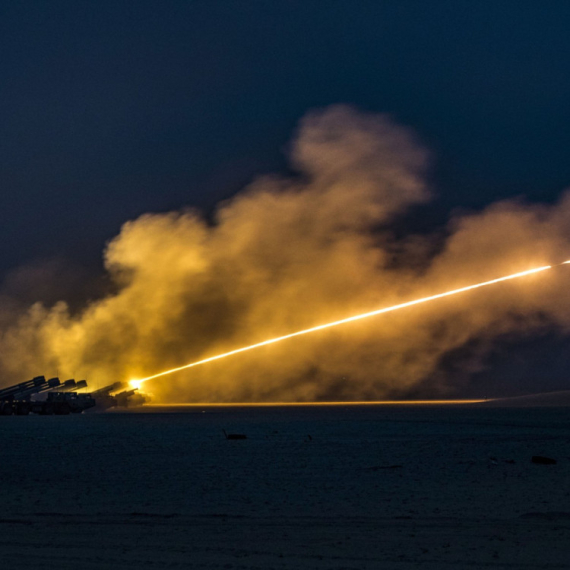
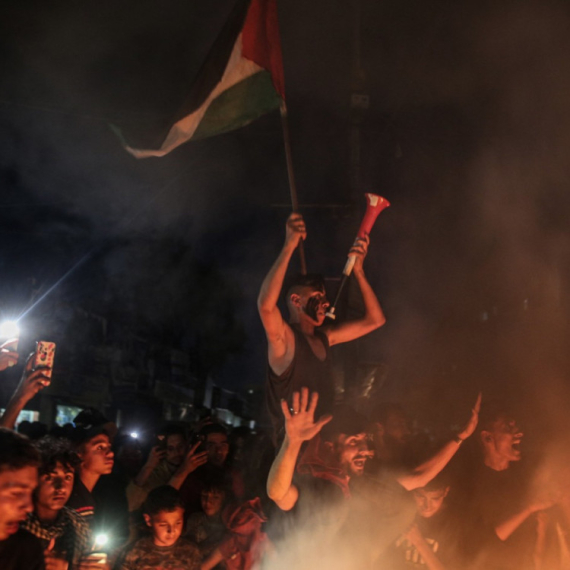
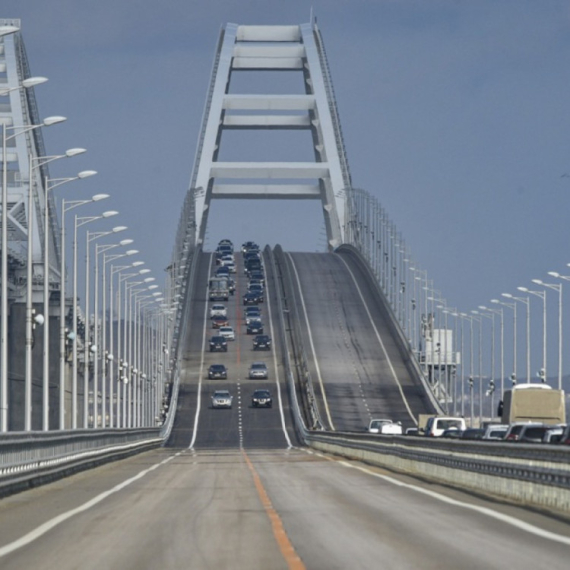


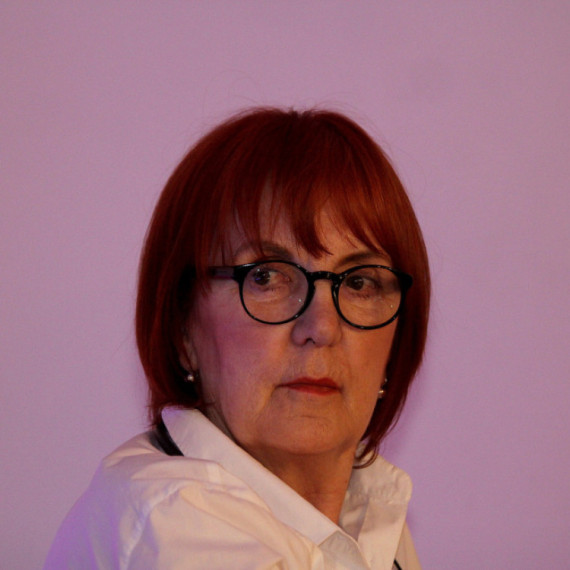

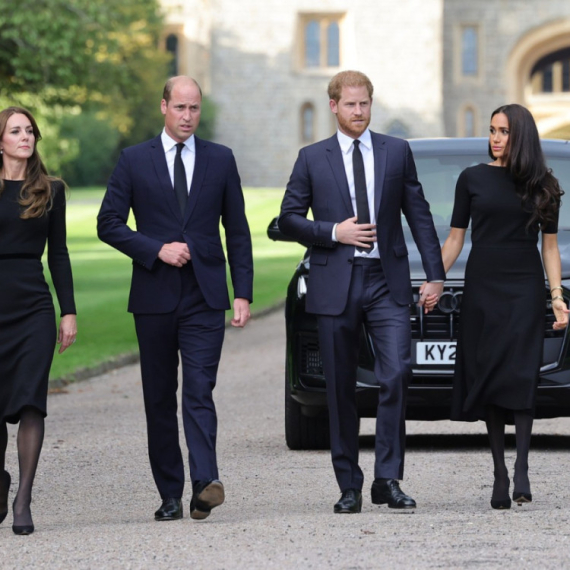



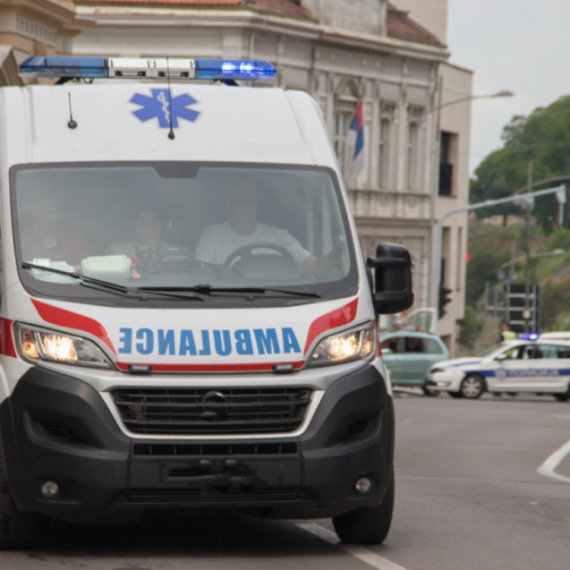


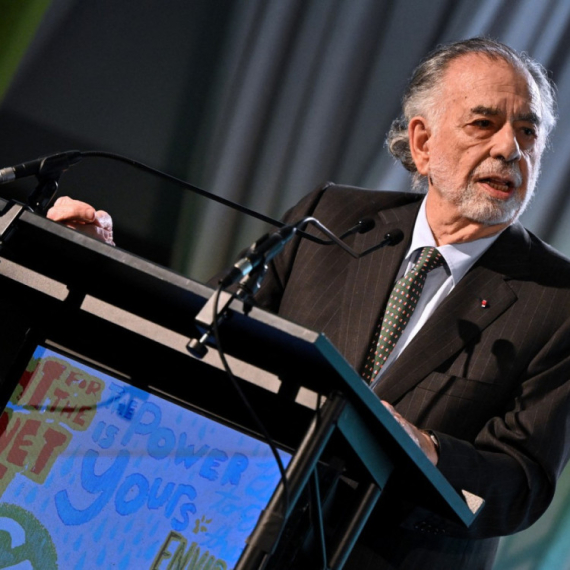
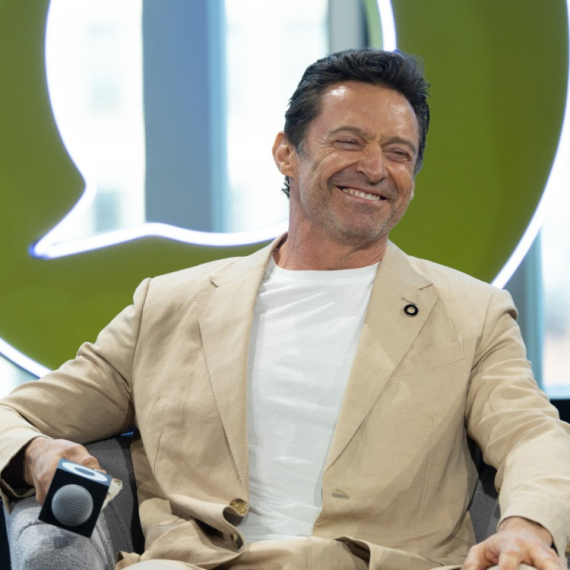


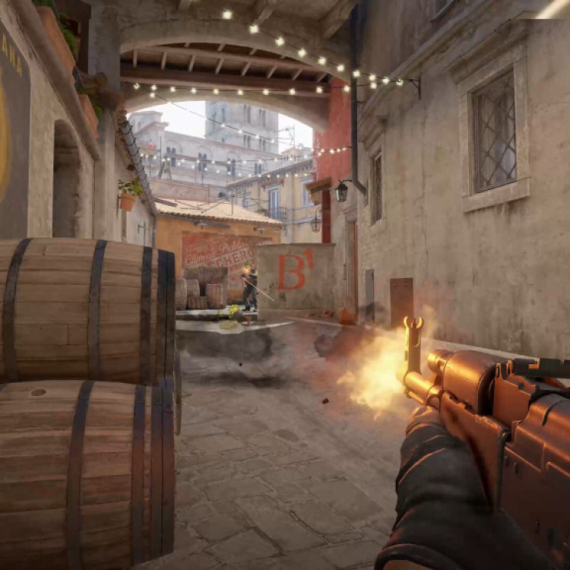
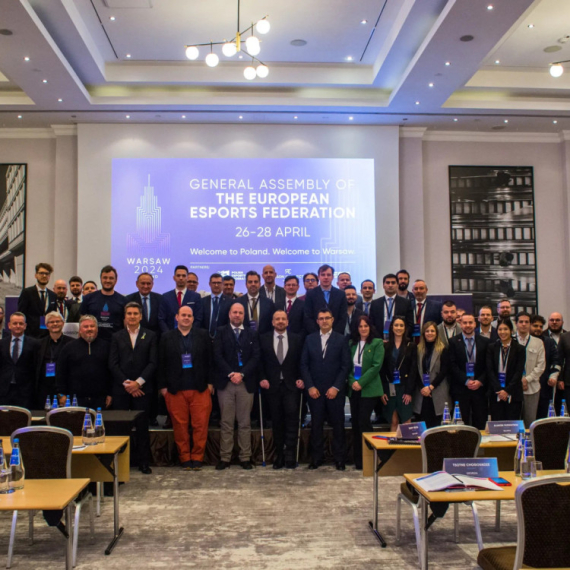
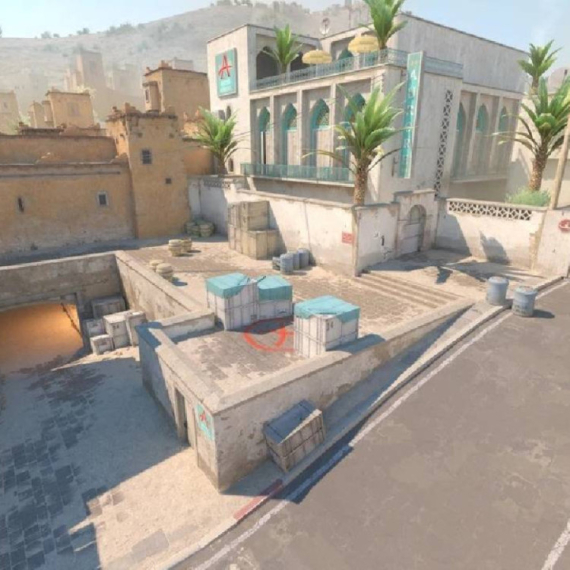



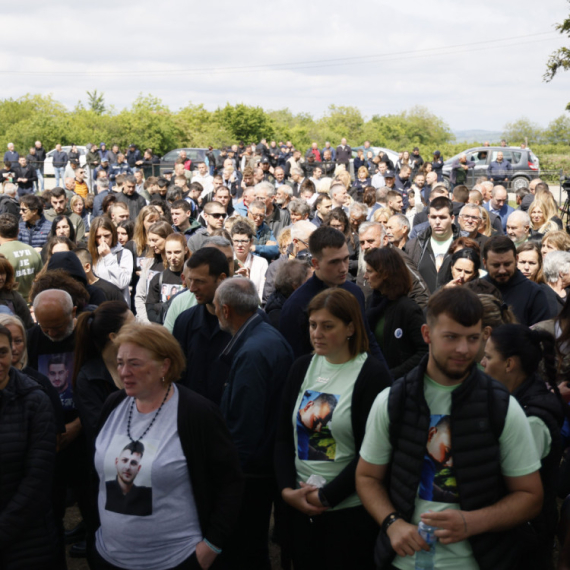
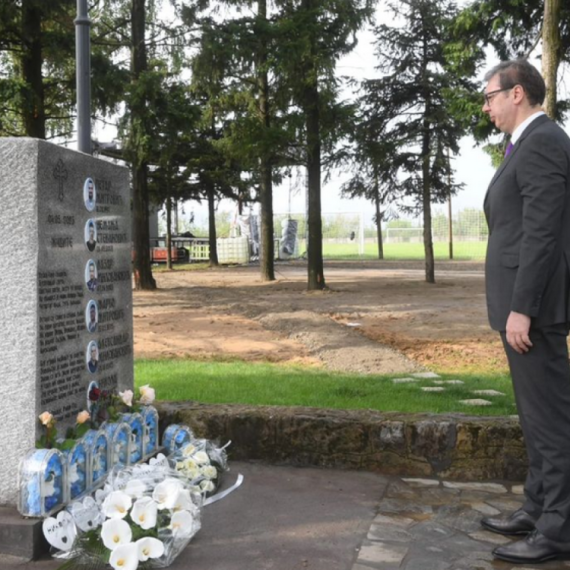
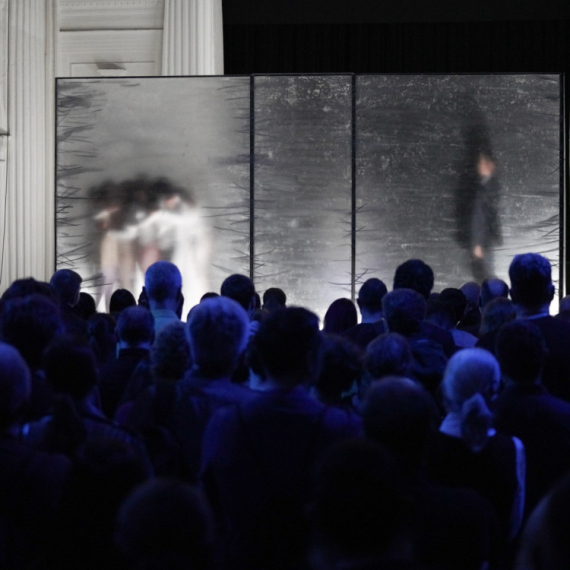
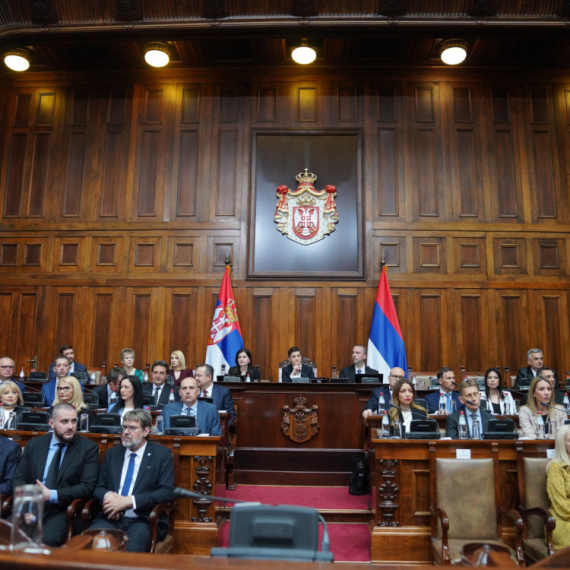



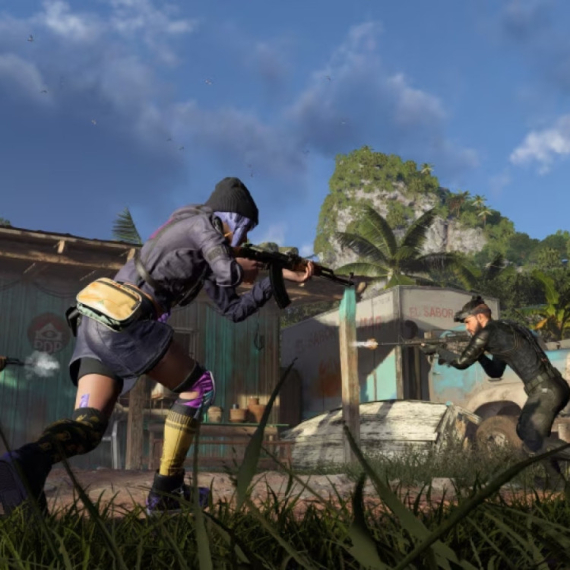




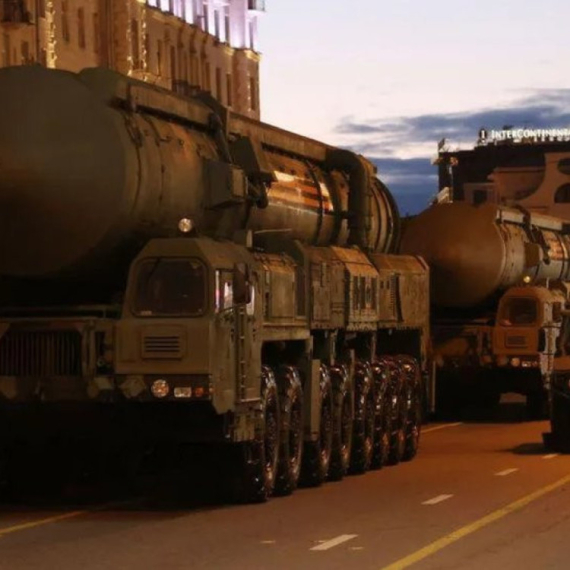
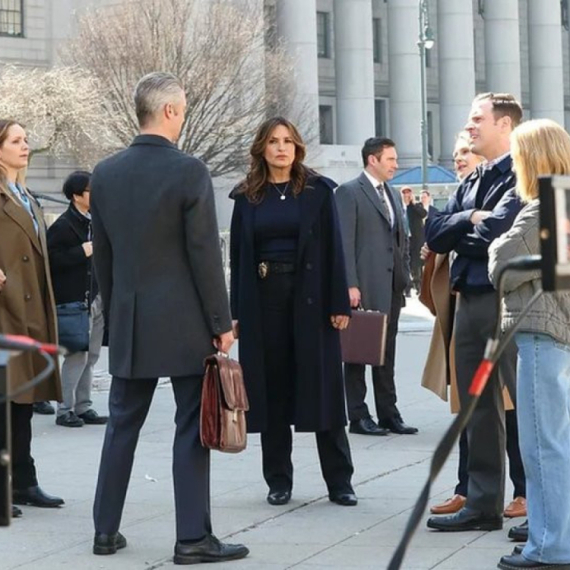
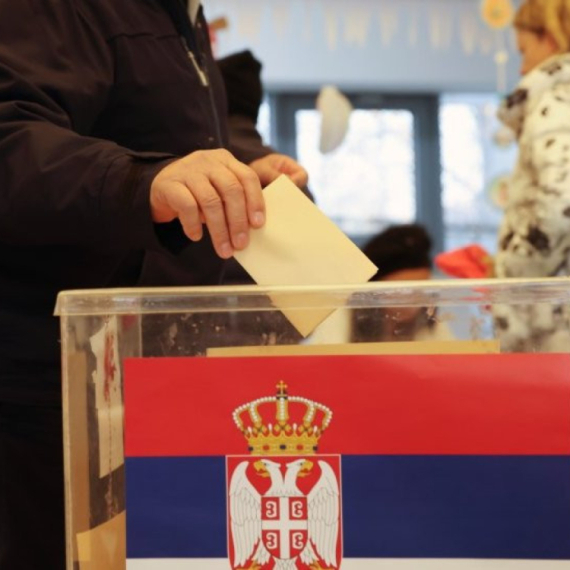
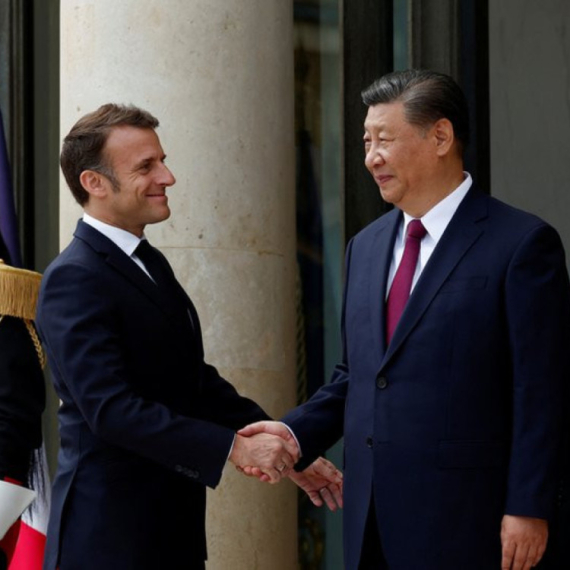
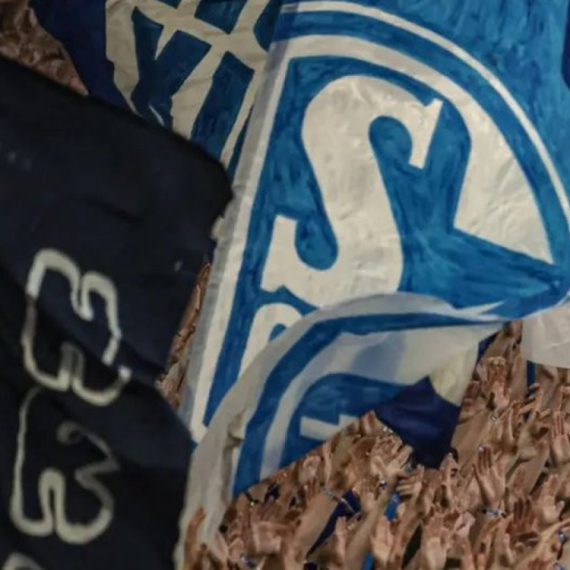

Komentari 5
Pogledaj komentare